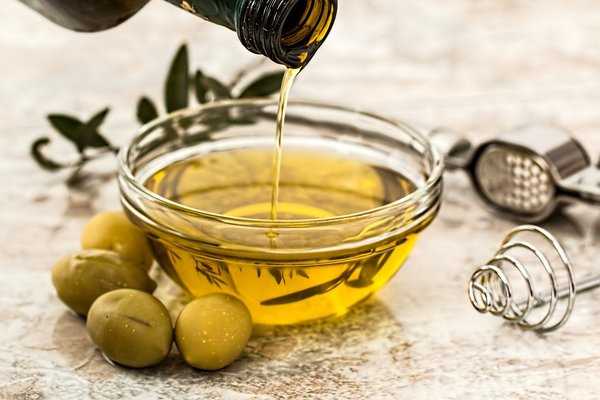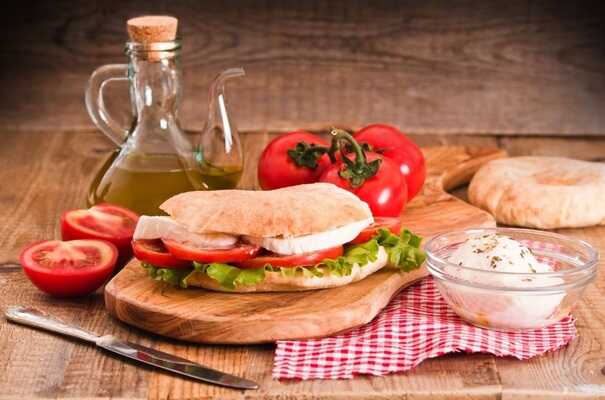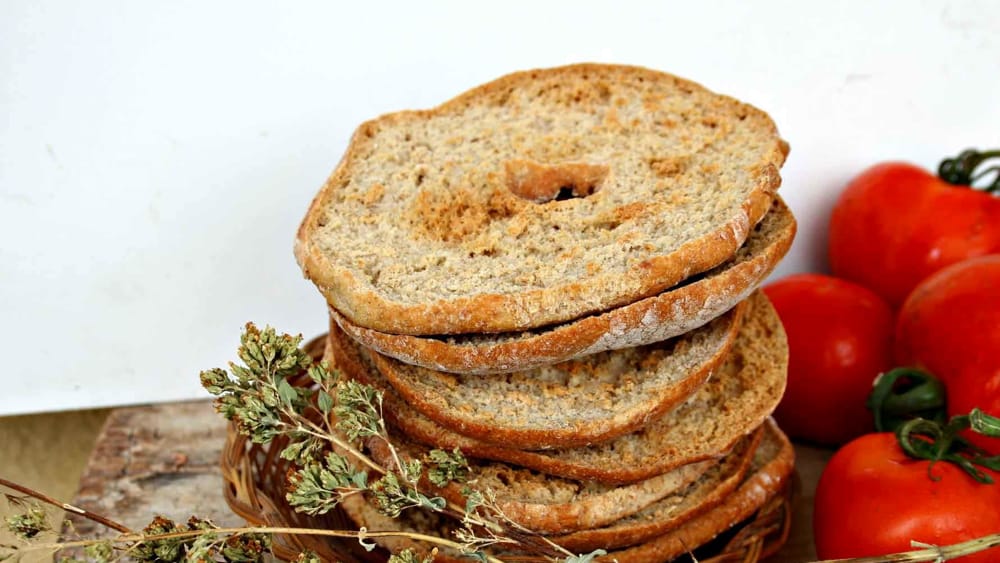Altamura Bread
Perhaps the only bakery product to boast the prestigious DOP mark: Altamura bread. Known throughout the world thanks to its fragrance and flavor, this bread has become part of the Apulian cultural and gastronomic heritage.

The origins
A bread created and designed to meet the needs of shepherds and farmers for whom it was an essential and daily food. In fact, they sometimes had to stay away from home for several days in the masserie, typical farms in the countryside around the city. So a large loaf of bread that could be consumed for several days was a precious resource, to say the least.
A centuries-old tradition of which we have traces since the Roman poet Horace, who in his Satires praises the bakeries of the area and advises travelers not to miss the delicious bread.
There are two traditional ones:
- u Scquanét, taller
- a cappidde de prévete (priest’s hat) lower and with less crumb.
The original recipe
This famous bread is made from the semolina of some specific varieties of durum wheat (appulo, arcangelo, duilio, simeto) grown in Altamura and in some neighboring municipalities (Gravina di Puglia, Poggiorsini), in the territory now delimited by the regulations of the protection consortium.
From the Middle Ages until today little has changed: the recipe is still the same, simple, as it was centuries ago (durum wheat semolina, water, fine salt and mother yeast), the ovens are still the traditional stone ones, the taste is still exceptional.
The rules for obtaining the Pane di Altamura DOP denomination
Unlike the Middle Ages, however, now the protection consortium has established strict rules for production and precise characteristics that a true Pane di Altamura DOP must respect:
- a weight of no less than 0.5 kg,
- a crust with a minimum thickness of 3mm
- humidity not exceeding 33%
- the dough must be made with sourdough which is obtained with a minimum of three renewals
- Furthermore, 20kg of natural yeast, 2kg of sea salt, 60lt of water (temperature of 18°) are expected for every quintal of re-milled durum wheat semolina.
The kneading lasts 20 minutes and is carried out with a mixer with diving arms. The leavening is expected to take place under a cotton cloth and must last at least 90 minutes before proceeding to a second resting phase. This second phase begins with weighing and continues with shaping which is carried out manually. After a subsequent phase of another 30 minutes of rest, we move on to reshaping and a third rest phase followed by further manual shaping and another 15 minutes of rest.
At that point all that remains is to inform the mixture but before that, it is turned upside down and, with a light pressure of the hand, it is accompanied into the oven previously brought to a temperature of 250°. After an initial cooking period of 15 minutes in the open oven, it is closed. We wait another 45 minutes.

Apulian extravirgin olive oil: excellence made in Puglia
Extra virgin olive oil is a real pride for Puglia, well known in Italy and in the rest of the world as a truly exceptional product that manages to enhance and enrich any dish but is also delicious enjoyed with a simple slice of bread.

Salento Puccia
Every Apulian bakery, among the many traditional breads, sells pucce; but there are also real puccerie, a sort of very original "regional fast food", exclusively dedicated to this tasty sandwich

Apulian Frisa: typical dish of the peasant tradition
Nowadays, frisella has become a delicious meal in all respects, perfect to be enjoyed during the summer with the native products of Puglia, during a lunch or directly on the beach during the hottest days.
